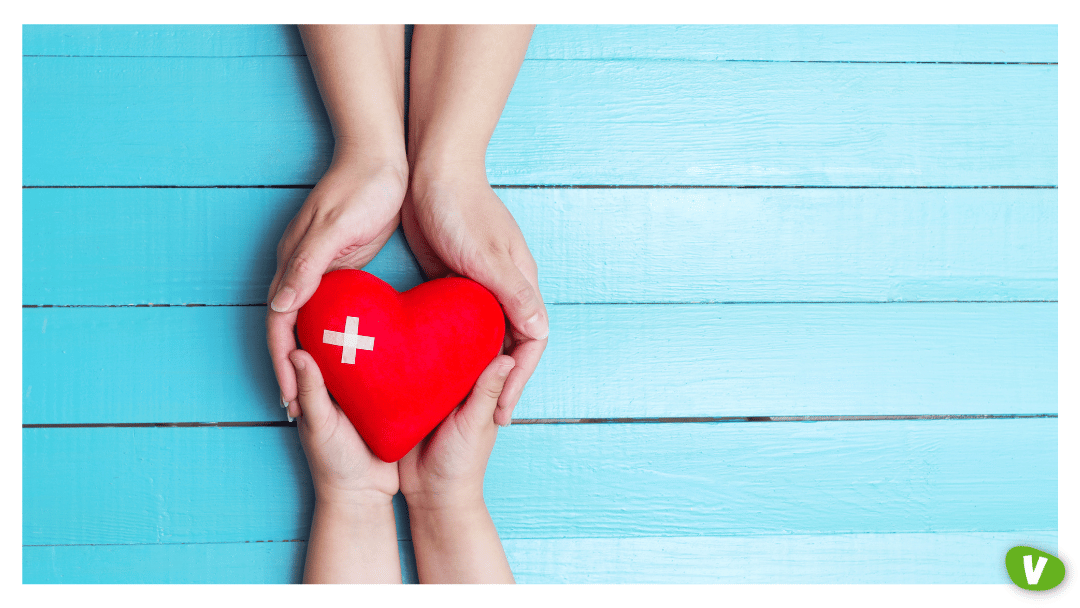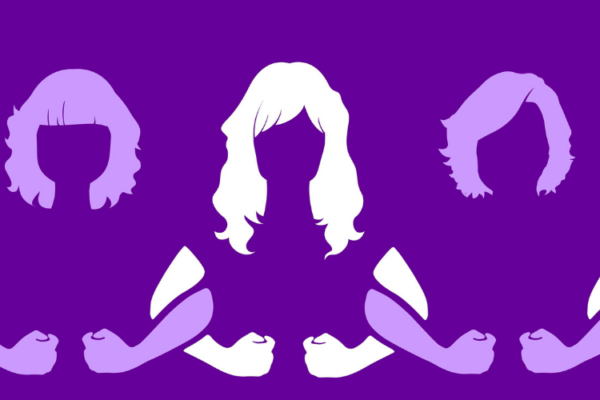World Day for Health and Safety at Work, celebrated on April 28th by the United Nations, highlights the global importance of safe working conditions and gives us a chance to pause and reassess our own safety measures.
While this day advocates for workers in many industries, the adult entertainment and sex work sector often doesn’t get enough attention when it comes to health and safety. But it’s time to change this!
This article aims to shine a light on the unique challenges faced by sex workers in the adult industry, emphasising the need for specific, tailored safety practices to protect their well-being. We’ll explore all industry areas, from exotic dancers to escorts.
The main health and safety challenges for sex workers
Sex workers in the adult entertainment industry face a plethora of health and safety challenges.
A lot of people in the industry avoid reporting safety issues or getting healthcare because they’re worried about facing discrimination or legal trouble. On top of that, the stigma and legal risks make it even harder for them to ask for mental health support, which only makes things worse.
Physical and mental health risks are prevalent, such as:
- Sexual health concerns — Ongoing risks of STIs and the need for regular testing.
- Physical strains — Long hours and physically demanding roles, leading to injuries or exhaustion.
- Mental health challenges — Anxiety, depression, and burnout, often stemming from the emotional toll of their work and society’s stigmas.
Privacy and security concerns are also significant. Workers, especially cam models and escorts, face safety risks like:
- Exposure of personal information or images.
- Stalking or harassment, both online and offline.
- Safety while meeting clients or performing in public spaces.
These concerns underscore the need for specialised support systems and stronger protections for adult entertainment industry workers.

Health and safety concerns for each sex work role
Sex worker is an umbrella term used to refer to everyone who provides adult services. However, no two sex work roles are the same, and each faces slightly different challenges.
Below, we’ll look at health and safety challenges across the board and how professionals can navigate them.
Escorts
First, let’s look at the challenges faced by escorts.
When it comes to physical safety while meeting clients, escorts must have safe locations, secure transportation, and a solid client screening process to ensure everyone feels protected.
You may also want to let a trusted person know your location and call for help if you don’t reply within 30 minutes of the session ending. This is a standard plan for escorts worldwide.
Mental health is a big deal, too—dealing with stress, burnout, and emotional trauma from personal interactions can take a toll, so finding ways to cope is key. This could be through self-care, sex work-positive therapy, or even just exercise.
And for sexual health, using protection is a must, along with regular health check-ups and STI screenings to stay safe and healthy. Taking care of all these aspects helps create a safer, more secure work environment.
Webcam models
Webcam models offer most services online, streaming services or posting content on platforms such as OnlyFans.
For health and safety for webcam models, having a good workstation setup is crucial to avoid strain injuries like neck or back pain. Taking breaks and adjusting your chair and screen can really help with this. After all, editing content, posting online, and creating a social media strategy involves lots of desk time.
Webcam models should also take breaks between performances, as trying to fit in back-to-back live shows can be extremely tiring, and your body may take the toll.
In terms of mental health, long hours working alone online can lead to loneliness, emotional strain, or stress, so finding ways to balance work and self-care is key.
And don’t forget about cybersecurity! Protecting personal information and privacy while working online is a top priority. Using secure platforms, strong passwords, and being mindful of what’s shared can go a long way toward keeping things safe.
Porn actors
Like web cammers, porn actors don’t interact with clients in person. However, creating porn comes with different problems from webcam shows.
Physical health is a top priority in pornography—regular STI testing, using protection, and sticking to safe practices during shoots helps to keep everyone safe. Today, most porn producers have strict guidelines around these topics, but actors should also create their own testing routines.
The workplace environment matters, too, so the sets must be clean, hygienic, and equipped with first aid. If the set isn’t clean, avoid booking with the production team in the future.
Mental health is just as important; actors often face emotional challenges, so having resources for counselling and support is crucial. It’s important to create a space where both physical and mental well-being are taken seriously, ensuring everyone feels safe and supported in their work.
Dancers & strippers
Dancers, strippers, and exotic performers have another completely different set of health and safety concerns.
In this sex work role, physical safety starts with stretching and warming up to avoid injuries from the demands of dancing. Regular breaks are also needed to prevent injuries and burnout.
Security is critical here, too, ensuring a safe environment at clubs or private events and taking measures to prevent harassment.
Regular health checks help maintain physical fitness and mental well-being, so don’t put off the doctor’s visit. Taking care of all these things keeps dancers safe and healthy, both on and off stage.
Phone sex operators
Phone sex operators might not even show their faces to clients, but they still have health and safety considerations to deal with.
These concerns mostly revolve around mental well-being. The emotional strain from intense or repetitive calls can lead to burnout, stress, or anxiety, especially if a client is abusive or starts to push your boundaries.
There’s also the risk of harassment or inappropriate behaviour from clients. Setting clear boundaries, using online security tools, taking regular breaks, and having trusted support are key to staying safe and maintaining balance on the job.
And as always, avoid giving clients your real name, personal information, or anything that they could trace to your real identity.

The takeaway
Hopefully, this World Day for Health and Safety at Work gives you a chance to pause and reflect on your health and safety. Are you being as safe as possible? How’s your health? Whether you’re a sex worker or not, we hope this blog has inspired you to take care of your well-being.





